Hunting and Haunting: The Locations in Let’s Scare Jessica to Death – 45 Years Later

There may be no greater magic in cinema than achieving the intangible out of the tangible. Yet, we’ve all seen movies filled with blood and fog that aren’t scary, or yawned through a car chase or fight scene because it didn’t quicken our pulses. Mood, atmosphere, or whatever you want to call it is a slippery quality that requires a lot of cinematic elements to fall into the right place in the right sequence. When visuals, sound, pace, and dialogue are working together in unison, as they are in John Hancock’s 1971 film, Let’s Scare Jessica to Death, the resulting atmosphere immerses the audience in the experience of its characters and the world they inhabit.
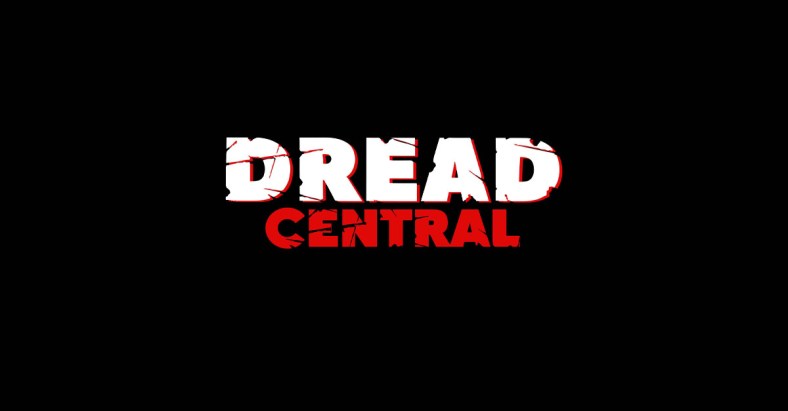
The story of Let’s Scare Jessica to Death focuses on a married couple who have moved out of New York City and relocated to a rural town in nearby Connecticut. The titular Jessica, played by Zohra Lampert, is recovering after a stint in a mental health care facility. Her husband, Duncan (Barton Heyman), is a former symphony cellist; and their friend Woody (Kevin O’Connor) has tagged along to help them work in the orchard adjacent to their Victorian-style farmhouse.
The townspeople they encounter largely consist of standoffish older men, but the trio find a similarly aged woman named Emily (Mariclare Costello) squatting at their house when they first arrive. She provides a friendly warmth that slowly morphs into something potentially more sinister and supernatural as the film progresses — though Jessica’s unreliable perspective casts ambiguity over much of what the audience observes.
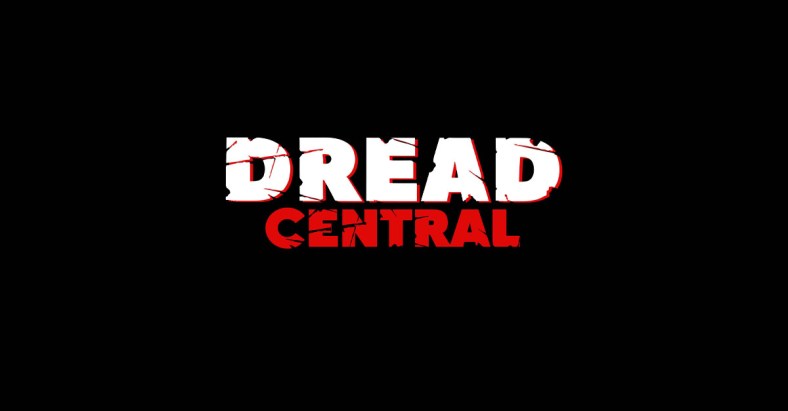
Jessica (Zohra Lampert)
The most basic and immediate visual aspect that informs the atmosphere of a film is the physical setting, expressed through its locations. For Jessica, the filmmakers chose a cluster of towns in southeastern Connecticut, partly out of the quality of the locations but also due to film’s producer Bill Badalato’s familiarity with them. After befriending Charles Moss, Jr., during their time at a commercial company one summer, the pair discussed collaborating on a feature film. When Moss, Jr., and his father pooled together some financing later on, the wishful chatter began to take on a real shape. With a finished script and Hancock in the director’s chair, the team started discussing locations.
“My wife and I had a weekend house in Chester, Connecticut,” Badalato recalled via email. “We loved the area and shared our feelings with John [Hancock] and the Mosses. After a preliminary scout we all agree that this was where Jessica should be filmed.”
The Chester locations added solid production value to a modestly budgeted film. The filmmakers utilized a storefront near the intersection of Main Street and Maple Street for the “in town” visits. Featuring a front porch with an overhang and a plain, white paint job, the unremarkable store recalls the humble notion of “Anytown, USA.” The store’s unassuming appearance juxtaposes well with its elderly clientele, whose increasingly hostile behavior towards Jessica and company remains a mystery until the final act.
Just a short drive away is the Pattaconk Reservoir, surrounded by the lush green trees of the Cockaponset State Forest. It was used to great effect for various water scenes, some playful and one that’s truly menacing (and features one of the more memorable shots of the film — a ghastly Emily wading out of the water and onto the beach). Other locations we see in the film were purely serendipitous. According to both Hancock and Badalato, the Chester-Hadlyme Ferry crossing was an unexpected but beneficial discovery that they were able to use as something of a narrative bookend.

Jessica adrift in Connecticut
Essex, a 15-minute drive from Chester, provided the farmhouse’s interiors via the Dickinson Estate (a 19th century mansion once owned by witch hazel mogul E.E. Dickinson). In discussing the importance of location scouting, Hancock noted that “noise, too, is a tremendous factor… the absence thereof.” The house was a perfectly quiet set for more dialogue-heavy scenes, and its interiors were visually compatible with a farmhouse exterior that was, in reality, located three miles away in Old Saybrook.
Large, old Victorian houses have been woven into the American horror lexicon as inherently spooky in everything from “The Addams Family” and 1986’s House to Hitchcock’s Psycho. “That scary house exterior was a real find,” Hancock said. “I’d hate to see the movie without it.”
The Victorian-style “old Bishop House,” with its distinctive tower, is one of the more consistently striking visuals in the film, mostly framed in long shots against an overcast sky at dusk or bathed in a dreary fog. Originally built in the 19th century, it still stands to the present day. “Given the period houses, beautiful foliage, and picturesque country lanes, the Old Saybrook area is ideal for filmmaking, especially the horror genre,” Badalato added.
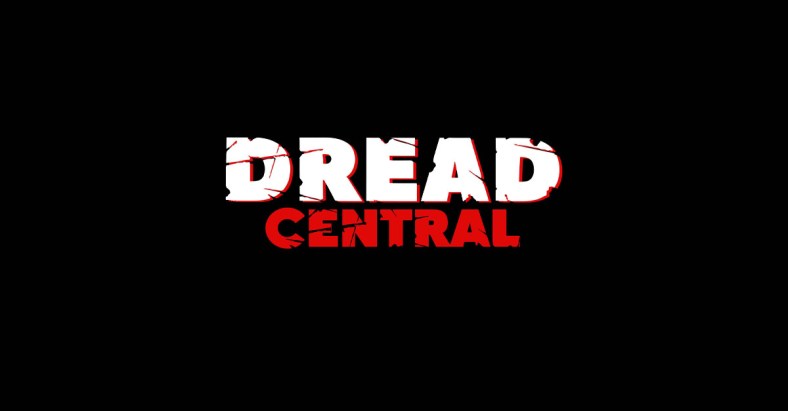
The “old Bishop House” of Old Saybrook, CT
Like a number of places in New England, the Connecticut towns chosen by the filmmakers offered the ideal blend of rustic features and grand, historical homes that resonate both visually and thematically for many fans of horror film. Jessica performed well commercially during its original theatrical run but has gained even broader appreciation among fans who viewed it on cable or home video releases over the years. At least part of what may have fueled its renewed popularity as a hidden gem is genuine and sustained fan interest in its locations. From message board threads to blog posts and guided YouTube visits, fans have connected online to puzzle together where various Jessica scenes were shot (and from what angles) and how the locations have changed since they appeared in the film. From where does this interest originate? And how does it affect how viewers connect to films they love?
While the filmmakers always move on, the locations they leave behind remain. In a recent interview about his decades-long fascination with visiting film locations, Horror’s Hallowed Ground creator Sean Clark likened the feeling of going to a location to that of reconnecting with other parts of one’s past. “To me the feeling of visiting a famous filming location is much like revisiting your childhood home or school,” Clark said. There’s a familiarity in visiting filming locations–as if you’ve been there before. And if it’s a location from a film you’ve cherished for years, it may even feel like a place in which you grew up. The mixture of these spaces feeling foreign and familiar simultaneously is both fun and strange.
It also seems that film location hunting–particularly among those in the horror community of film viewers and filmmakers–has been largely rooted in two things: access to fellow fans on social media networking platforms like Instagram and Facebook and a desire to physically connect with films by way of meeting talent at conventions and, of course, visiting the geographical places where films were shot. Much like memorabilia collectors who bring pieces of films home with them (e.g., screen-used props, memorabilia, and fan art) in an attempt to get closer to the films they love, location hunters appear to be trying to establish a deeper, tangible connection to certain films by stepping directly into the places where they were shot.
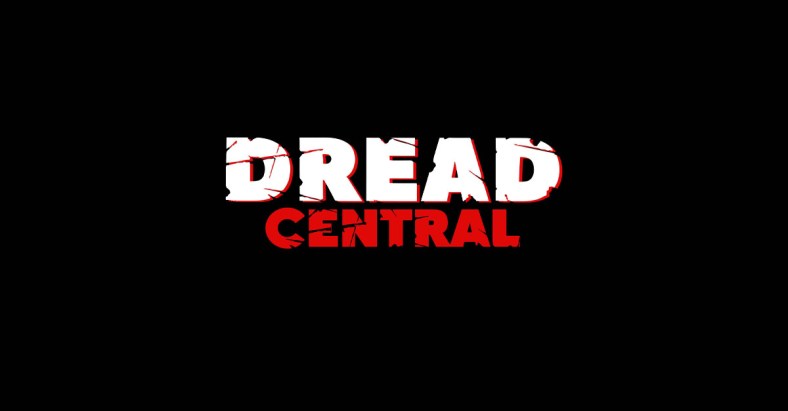
Campopiano visiting the “old Bishop House” of Old Saybrook, CT
Today there are so many ways to connect with people who share similar interests. For location enthusiasts, Instagram has become a vehicle for the quick and easy sharing of film location photographs while other online social networking services like Facebook allow for more in-depth discussion about these places and how to reach them. If you’re someone who isn’t able to actually travel to the film locations of your dreams, odds are there are others who can, and not only that; they’re likely to post their findings on social media. This was the genesis behind Clark’s desire to start HHG in the first place. In that same interview Clark revealed that the reason he started HHG “…was to be able to share these locations with those that are unable to go see them for themselves and to help others to go see them if they are able.” For some fans and location hunters, it’s not enough to merely see a photograph or watch a video of someone else in a location. Part of the thrill seems to also be in stepping into the physical locations themselves.
There’s a kind of out-of-body experience the moment you step onto what was an active film set–a real, tangible space–that you’ve explored and gotten to know from afar. Stepping into a film location can almost feel like stepping onto a live set. You can hear the faint echoes of actors reading lines and can fantasize hearing the sound of a director yelling, “Cut!” and feeling the buzz of crew members bustling about. It’s as if there lies a dormant energy that is suddenly awoken when a fan comes into contact with it.
For some people–like New England-based filmmaker Stacy Buchanan–film locations in the New England area, in particular, possess a haunting quality due to its dark and storied history. “I can’t remember the last time I walked into an old New England building and didn’t immediately feel a sense of historical foreboding,” Buchanan said. ”New England locations make good settings for horror films because they’re loaded with history, often a dark history. This is the place where the country began…” A place with a complex history dating back several centuries is bound to carry with it plenty of filmmaking fodder–in terms of not only atmosphere and style but also in stories and infamous legacies. “And with that legacy,” continued Buchanan, “come the legends and myths and tales that evolve over time and influence the stories we now tell on film.”
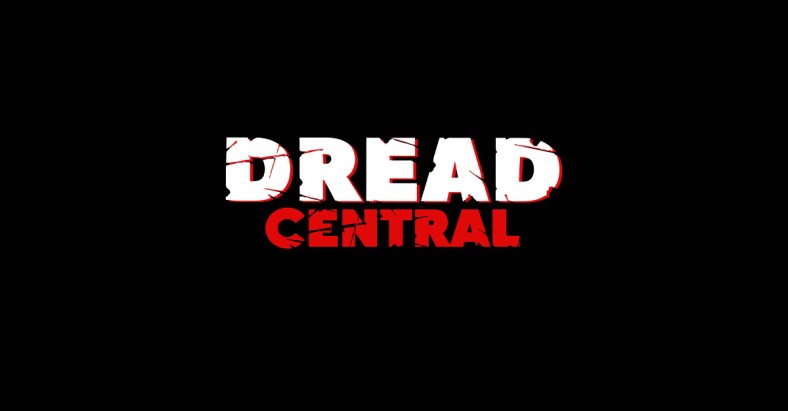
Jessica creating a headstone rubbing in Firsty Church Cemetery in East Haddam, CT
There’s a third element to film location hunting which may not apply to all location hunters but that most certainly does to some: mourning the passage of time. Each time I visit a film location, a melancholy feeling overwhelms me. Some hunters, however, actually enjoy seeing the evolution of landscape. “I actually like seeing that a little bit of change has taken place over time,” James Gelet, a prolific film location hunter and freelance editor, told us. “Not to the point where it’s unrecognizable,” he continued, “but seeing a little bit of evolution is pretty cool.” Gelet was profiled in a Boston.com article where he discussed at length the genesis of his film location fascination. Regardless of which way you lean, one thing is for sure, and that is locations nearly unrecognizable today are a reminder that the passage of time is inescapable. Thankfully, though, these places–regardless of changes–are immortalized in the films we’ve watched and continue to watch as the years march.
If fans can evoke the feeling they had when first watching a film by visiting its filming locations, this begs the question: Do the filmmakers themselves ever revisit these same places? In reference to the old Bishop House, Hancock remarked that he “drove around the area several years ago without finding it. I wish I could see it again.” It was interesting to hear that even a director can feel an urge to revisit the places in which he or she made films — places in which they are at their most creative and challenged.
On the contrary, due to his personal connection to the area that preceded the filming of Jessica, Badalato has resisted any revisits. “The Old Saybrook area is a place of many heartwarming memories both personal and professional, and somehow I feel I need to keep everything as it is in my mind of one of the best times of my life,” he said.
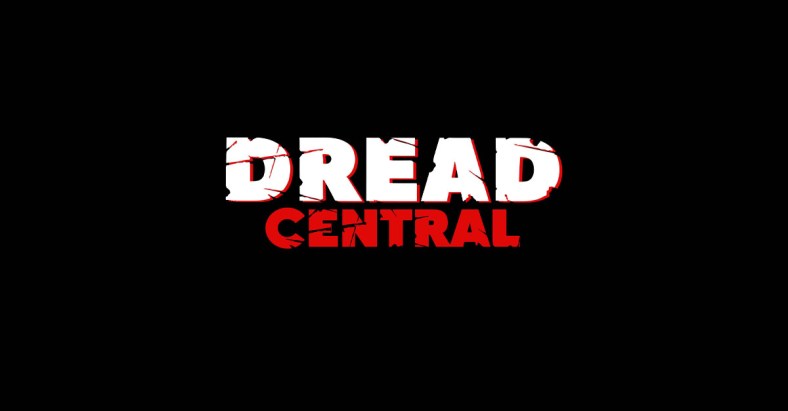
Categorized:News Retrospectives

